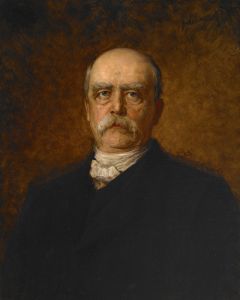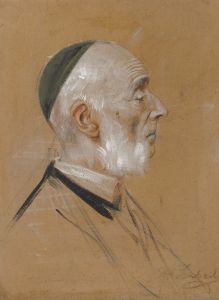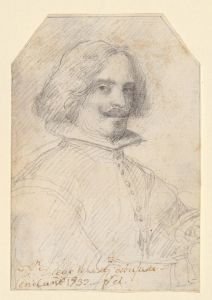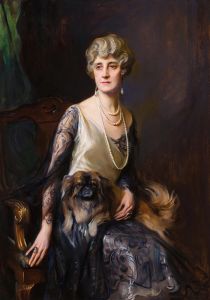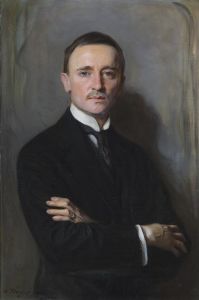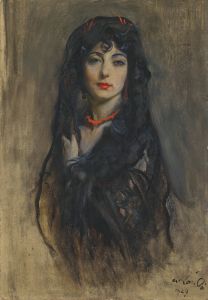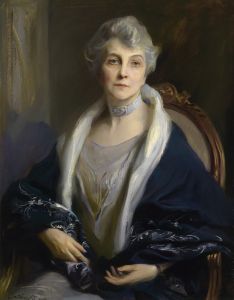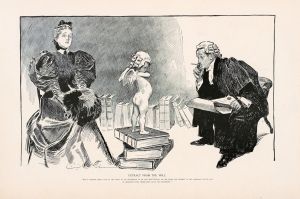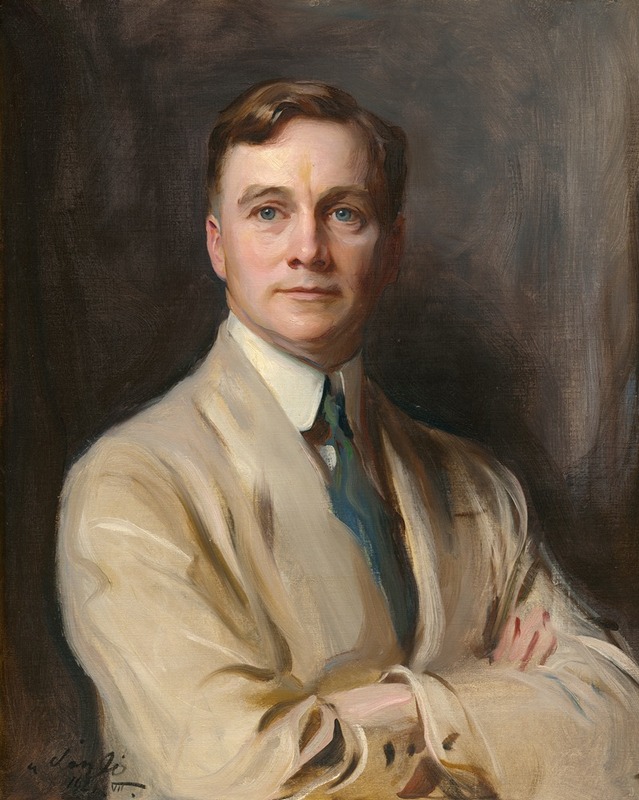
Francis Patrick Garvan
A hand-painted replica of Philip Alexius de László’s masterpiece Francis Patrick Garvan, meticulously crafted by professional artists to capture the true essence of the original. Each piece is created with museum-quality canvas and rare mineral pigments, carefully painted by experienced artists with delicate brushstrokes and rich, layered colors to perfectly recreate the texture of the original artwork. Unlike machine-printed reproductions, this hand-painted version brings the painting to life, infused with the artist’s emotions and skill in every stroke. Whether for personal collection or home decoration, it instantly elevates the artistic atmosphere of any space.
Francis Patrick Garvan by Philip Alexius de László is a portrait painting created by the renowned Hungarian-born British artist Philip Alexius de László. De László, celebrated for his skill in portraiture, was known for painting prominent figures of his time, including royalty, politicians, and influential individuals from various fields. This particular work depicts Francis Patrick Garvan, an American lawyer and philanthropist.
Francis Patrick Garvan (1875–1937) was a significant figure in early 20th-century America. He served as the United States Alien Property Custodian during World War I, a role in which he managed assets seized from enemy nationals. Garvan was also a passionate supporter of scientific research and education. He is perhaps best remembered for his contributions to the field of chemistry, particularly through his involvement with the Chemical Foundation, an organization he helped establish to promote chemical research and education in the United States.
Philip Alexius de László painted this portrait during a period when he was at the height of his career. Known for his ability to capture the character and stature of his subjects, de László employed a refined and elegant style that emphasized realism and detail. The portrait of Garvan reflects these qualities, showcasing the sitter's dignified presence and intellectual demeanor. De László's use of light and color enhances the composition, drawing attention to Garvan's facial features and expression.
The exact date of the painting is not widely documented, but it is consistent with de László's body of work from the early 20th century. The portrait is an example of de László's ability to portray not only the physical likeness of his subjects but also their personality and social standing. It is believed that the painting was commissioned to honor Garvan's achievements and contributions to society.
The current location of the painting is not specified in publicly available records, and further details about its provenance or exhibition history are limited. However, it remains a testament to the collaboration between a prominent American figure and one of the most esteemed portrait artists of the era.






